Even today, frostbite is very common, albeit of a minor degree. The local cold damage plays the greatest role here. The feet are most affected. Then the fingers, ears, chin, cheeks and cheekbones follow, but also the tip of the nose, which is particularly endangered by the moisture it breathes. We know acute and chronic cold damage. Both differ not only in the cause of their development, but also in their clinical picture.
Forms & stages of frostbite & hypothermia

While chronic cold damage is caused by repeated milder exposure to cold, acute frostbite is caused by a one-off, extremely intense exposure to cold. Similar to burns, we can divide acute frostbite into three stages. The first stage is redness, which occurs, for example, when fingers that have become cold again and is accompanied by a slight itchy sensation. We all know these symptoms when our fingers feel thick after long ice skating or tobogganing and the skin is reddened and inflamed. This state disappears again immediately if it is heated in time.
If the exposure to cold is not interrupted, frostbite will reach the second stage. Tough blue-red blisters form and. Water retention in the crevices of the surrounding tissue. The hallmark of third-degree frostbite is necrosis, the complete death of an organ or part of an organ or tissue in the middle of a living environment. The bubbles formed take on a black color, the base of the bubble becomes gangrenous, and tissue defects appear; In such cases, thawing can no longer help; the frozen tissue repels itself so that fingers, toes and even arms and legs can be lost.
treatment
Fortunately, these severe forms of frostbite, as common as they were in WWII, are fortunately very rare today. On the other hand, first-degree frostbite can set in much more quickly and can also occur during a normal central European winter. Therefore, even the non-specialist should know something about their treatment. The often recommended rubbing of the cold-damaged areas with snow is only to be used to a limited extent, as it can lead to the smallest injuries to the skin.
However, superficial incisions on the skin allow bacteria to penetrate, which can lead to inflammation in the areas of tissue damaged by the cold and with less blood flow. Thawing can easily be carried out in a warm room, supported by careful massaging with soft, pre-warmed cloths. As a follow-up treatment, alternating baths and rehabilitation sports are recommended for vascular training.
Chronic frostbite, cold damage & frost damage
In our geographical latitudes, however, we are most frequently dealing with chronic cold damage or frost damage. There are essentially two factors responsible for this; firstly, of course, the effects of cold and secondly, the disposition for circulatory lability; in fact, the lack of adaptability of the cycle in such cases is the basis for the chronic effects of the cold stimulus.
Undoubtedly, the relatively widespread lack of exercise and clothing also play a major role. For example, the fact that women suffer from chronic cold damage much more often than men and here again predominantly girls during or after puberty is mostly due to thin tights, short skirts, silk stockings and silk underwear, possibly also to a certain hormonal disposition. Most of the time, there is damage to the skin of the lower leg between the upper edge of the shoe and the hem of the skirt.
Another frost damage, which is not caused by inadequate clothing, but primarily by restrictive clothing that inhibits blood circulation, is the well-known frostbite. Tight, pointed footwear that constricts the foot and the leather of which sits firmly on the skin encourages their emergence. It is also not uncommon to see chilblains on the inside of the knees in women who wear half-length underpants or even thongs. Wearing half-height women's boots also creates a red stripe on the skin on the upper edge of the boots in cold weather. Even unlined, tight gloves can lead to the formation of circumscribed frost knots. The frost damage becomes more apparent during the cold season and regresses in the warmer months, but it causes most of the complaints in the months between the warm and cold seasons.
From this we see that the development of frost damage and hypothermia is not so much the result of the cold alone, but rather the changeover from one temperature level to the other. Frostbite is particularly uncomfortable in the transition periods and hardly causes any discomfort in high winter or summer. These pad-like swellings of blue-red color, which predominantly occur on the toes, the edges of the feet, heels and the back of the hands, can also form blisters and fester if the frost damage is severe. The most annoying thing, however, is its itching, which usually occurs in the evening when the room or bed is warm.
Another form of hypothermia or frostbite that only affects women, especially women with more developed fat pads, is the blue discoloration of the lower legs. These skin changes are strictly symmetrical and surround the lower legs in a cuff. As already mentioned, the skin follicles are enlarged and particularly intensely colored. The skin temperature is reduced so that the legs almost always feel cold. In the cold season, this condition worsens regularly and is then less of a problem due to the slight itching or the slight pain than from a cosmetic point of view.
In addition, bacteria can settle on this damaged skin and cause deeper diseases. In addition to hands and feet, this cold damage also often affects the nose, cheeks and ears. They can be recognized by the blotchy blue-red discolouration that mainly occurs in young people with a tendency to sweaty feet and hands. On the basis of these frost spots, real frost knots occasionally develop, which we can find particularly often on the auricle parts. They usually make themselves felt as severe itching and considerable pain. This disease process, which repeats itself almost annually, leads over time to painful nodules on the edge of the ear, which occasionally break open and then leave behind larger, whitish scars.
Over-the-counter medication for hypothermia and frostbite
Get information here:
prevention
As already briefly indicated, most frostbite and frost damage can be prevented. Cardiovascular training plays an important role here. Brush massages, frequent alternating showers all over the body, stroking and kneading massages or underwater jet massages, carbonic acid gas baths, treading water and swimming are suitable methods of stimulating the circulation, exercising the blood vessels and thus making the tissue more resistant.
In addition, it is imperative to wear clothing that provides adequate protection against the cold and that is not too tight on the circulation. Furthermore, one should counteract possible perspiration and avoid the penetration of moisture into the skin. Shoes and gloves should be comfortable and lined. You also have to know that metal objects, for example, can cause frostbite very quickly because of their good conductivity. Frostbite that has already developed is best treated with one of the frostbite ointments that you can buy. Also bath additives; Brushing and sprinkling powder of various compositions are recommended. Among them, ammonium bituminosulfonate (e.g. ichthyol), camphor, iodine, Peru balsam, alum and tannin have proven their worth since time immemorial.
But better and more effective than all treatment methods are and will of course remain the preventive measures, with the help of which one can avoid most of all hypothermia and frostbite.

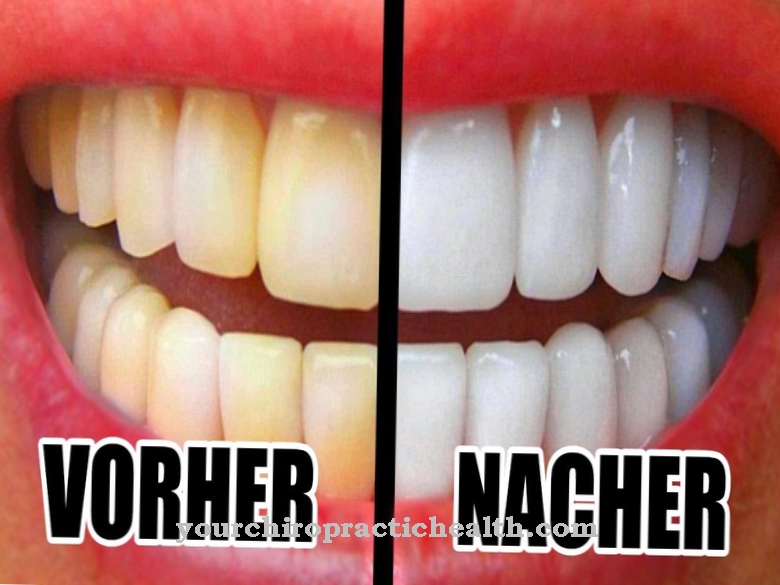




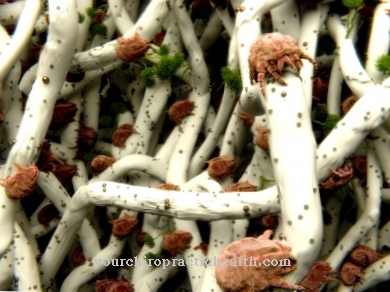



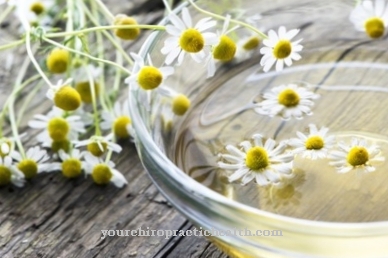

.jpg)

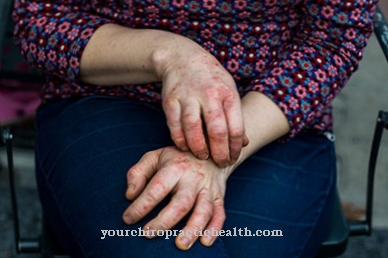


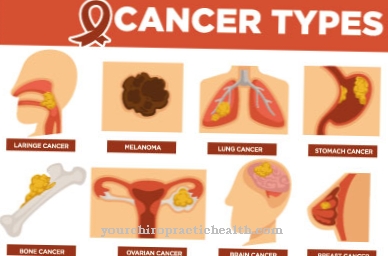

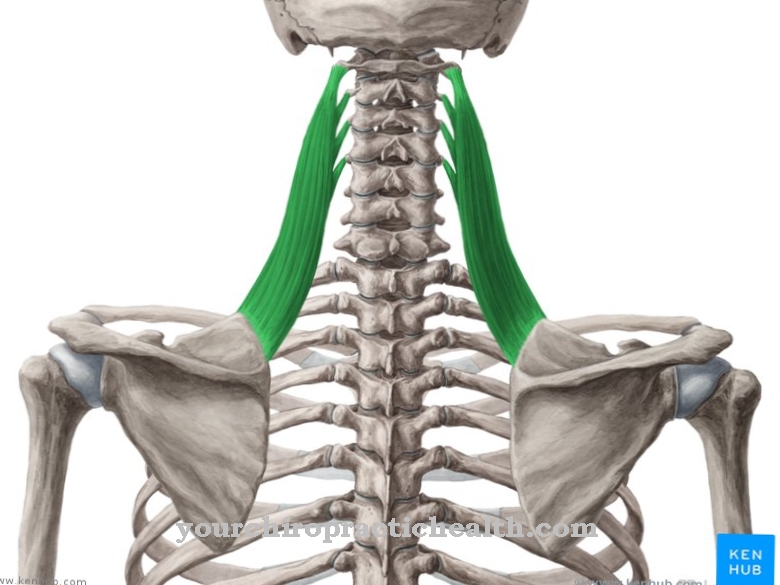


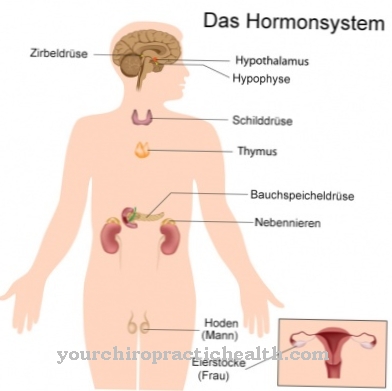


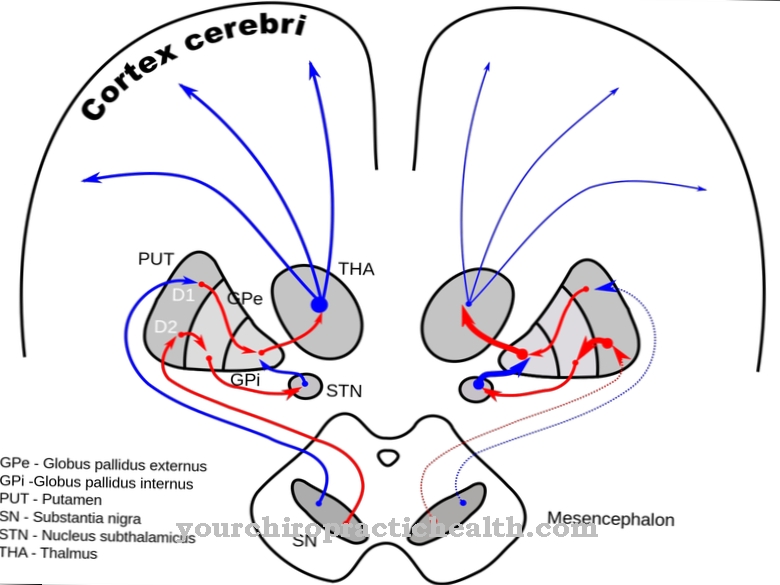
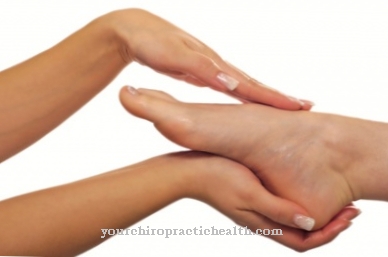

.jpg)